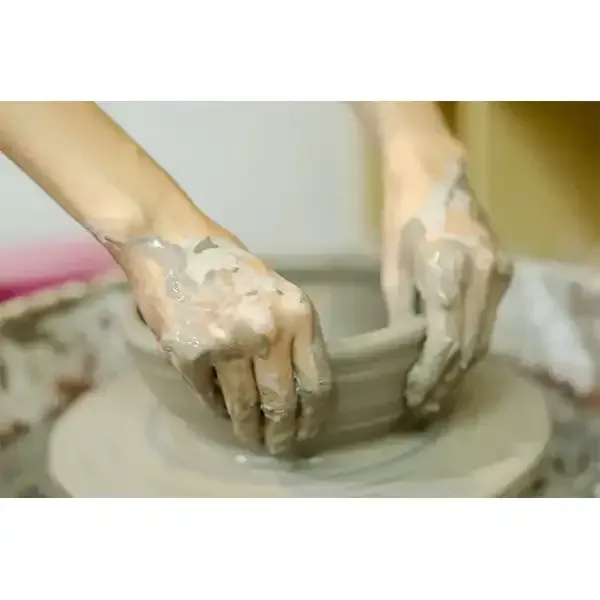Understanding Ceramic Tile Adhesive A Key to Successful Tile Installation
When it comes to flooring and wall coverings, ceramic tiles are a popular choice due to their durability, aesthetic appeal, and easy maintenance. However, the success of any tile project largely depends on the adhesive used for installation. Selecting the right ceramic tile adhesive is crucial, as it not only ensures the longevity of the tiles but also affects the overall appearance of the finished surface.
What is Ceramic Tile Adhesive?
Ceramic tile adhesive is a type of bonding agent that adheres tiles to surfaces like concrete, drywall, or plywood. These adhesives come in various forms, including thin-set mortars, mastic, and epoxy, each offering distinct advantages based on the specific application and the environment in which the tiles will be installed.
Types of Ceramic Tile Adhesives
1. Thin-Set Mortars Thin-set mortars are cement-based adhesives that are mixed with water or a liquid latex additive. They are widely used for both floor and wall tile installations due to their strong bonding capabilities. Thin-set mortars allow for slight variations in substrate surfaces, making them versatile for different types of ceramic tiles.
2. Mastic Mastic is an organic adhesive, often used for wall tiles in dry areas, like bathrooms or kitchens. It is easier to apply than thin-set mortar and offers good initial grab. However, it is not recommended for areas exposed to moisture, as it may break down over time.
3. Epoxy Adhesives Epoxy adhesives are incredibly strong and resistant to moisture, chemicals, and extreme temperatures. They are ideal for high-traffic areas or applications where tiles are subjected to heavy loads. Given their high strength, epoxy adhesives are often used in commercial settings or industrial applications.
Factors to Consider When Choosing Adhesive
When selecting a ceramic tile adhesive, several factors come into play
- Substrate Type Consider the surface onto which the tiles will be applied. Different substrates may require specific adhesives for optimal bonding.
- Tile Type and Size Larger and heavier tiles may need a more robust adhesive, such as a modified thin-set mortar, to ensure they stay in place.
ceramic tile adhesive

- Location Evaluate the installation environment
. For wet areas like bathrooms or pools, choose adhesives formulated for moisture resistance.- Application Method Whether you're using a trowel or applying with a tube, the ease of application can influence your choice of adhesive.
Application Tips for Ceramic Tile Adhesive
Proper application of ceramic tile adhesive is vital to achieve a successful installation. Here are some tips
- Surface Preparation Ensure that the substrate is clean, dry, and level. Remove any debris, grease, or old adhesive that may prevent proper bonding.
- Mixing Follow the manufacturer's instructions for mixing adhesive. Using the correct water-to-dry-mix ratio is essential for optimal adhesion.
- Troweling Use a notched trowel to apply adhesive evenly. The size of the notch will depend on the tile size; larger tiles require larger notches for better adhesion.
- Setting Tiles Press the tiles firmly into the adhesive, ensuring that they are well-set. Adjust as necessary, but do not exceed the open time specified by the manufacturer.
- Curing Allow the adhesive to cure properly before grouting or exposing the tiles to moisture. This ensures a strong bond and prevents tile movement.
Conclusion
Choosing the right ceramic tile adhesive is a fundamental aspect of successful tile installation. With numerous options available, it is essential to consider the specific requirements of the project, including substrate type, tile size, and environmental conditions. By following best practices for application, you can ensure that your ceramic tiles not only look beautiful but also stand the test of time. Whether you're a DIY enthusiast or a professional installer, understanding the intricacies of tile adhesive will elevate your tiling projects to a new level of excellence.
-
A Comprehensive Guide to Methyl Ethyl Hydroxyethyl Cellulose: Applications and Industry InsightsNewsNov.24,2025
-
Understanding Methyl 2 Hydroxyethyl Cellulose: Uses, Benefits & Industry InsightsNewsNov.24,2025
-
Hydroxyethyl Methyl Cellulose HEMC: Industrial Uses, Benefits & Future TrendsNewsNov.23,2025
-
HEMC Cellulose: Versatile & Sustainable Industrial Polymer | YoungcelNewsNov.23,2025
-
Methyl Hydroxyethyl Cellulose: Versatile Building Block for Industry & SustainabilityNewsNov.23,2025
-
CAS 9032 42 2: Understanding Polyvinyl Alcohol's Impact on Industry & SustainabilityNewsNov.22,2025




